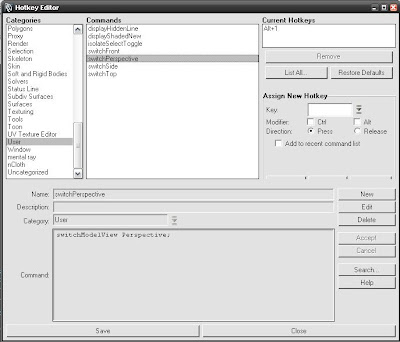Softimage have great options to work in a Linear Workflow (LWF), in this post I will explain how to setup Softimage Preferences to work with the
Physical Sun and Sky setup
By default Softimage is setup to render in a non-physical way, when using a Physical setup you need to change these option to make sure that all you color swatches and textures are linearized.
Here is the scene setup.
The diffuse value of the green sphere.

The texture connected in the diffuse slot of the sphere to the right.
In the preferences, the Color profile for the texture is set to Linear and the Color Management is not active. Rendering the scene with a gamma of 2.2 in the Photographic Exposure shader give you this.
Everything is washed out! The typical non linear render.
Notice how the green of the sphere doesn't match the color swatch of the shader and how the texture is washed out.
We can fix this quite easily.
In the Preferences, in the
Rendering section, under the
Image tab, set the
Color Profile to Automatic.
The automatic Mode will linearize sRGB image and keep high dynamic range image linear. You can also change this in the each image clip.
You will also need to enable the
Color Management in the
Display section of the Preferences
In the Photographic Exposure shader you will need to set the gamma to 1.0. Since Softimage is now in charge of the gamma, you can remove the gamma from the exposure shader.
Now when you render you will get a a better result in the UI.
You might have noticed that the green color swatch in the shader now match the render result. This is exactly what we want, now the color you set in your swatch match the render... how wonderful!
But if you render the current pass to disk in a 8 bit format, when you look at the renders everything is darker...

This is because Softimage Color Management is only applied in the UI, when you render to disk the gamma is not applied to the output. This is quite useful when doing compositing because you are not dealing with baked-in gamma. All you need to do is apply a 2.2 gamma at the end to get the proper result.
In a comment of my previous post, Edin pointed out that it is possible to apply the gamma when rendering out to disk. In the pass option, locate the
Pass Gamma Correction section and enable the
Apply Display Gamma Correction
You end up with this result.
For some reason the gamma not applied to the environment ... this is not a big deal because you will rarely use the physical sky as your background. But it is something to keep in mind when using this pass option.
I hope this little tutorial was helpful. Feel free to point out any errors or omission in this post ... or even suggest alternative methods.
Finally, here are 2 links that you might find useful. They discuss LWF in Softimage and in Vray
http://community.softimage.com/forum/autodesk-softimage/rendering/softimage-gamma/page-1/
http://www.aversis.be/tutorials/vray/essential_gamma_01.htm
































